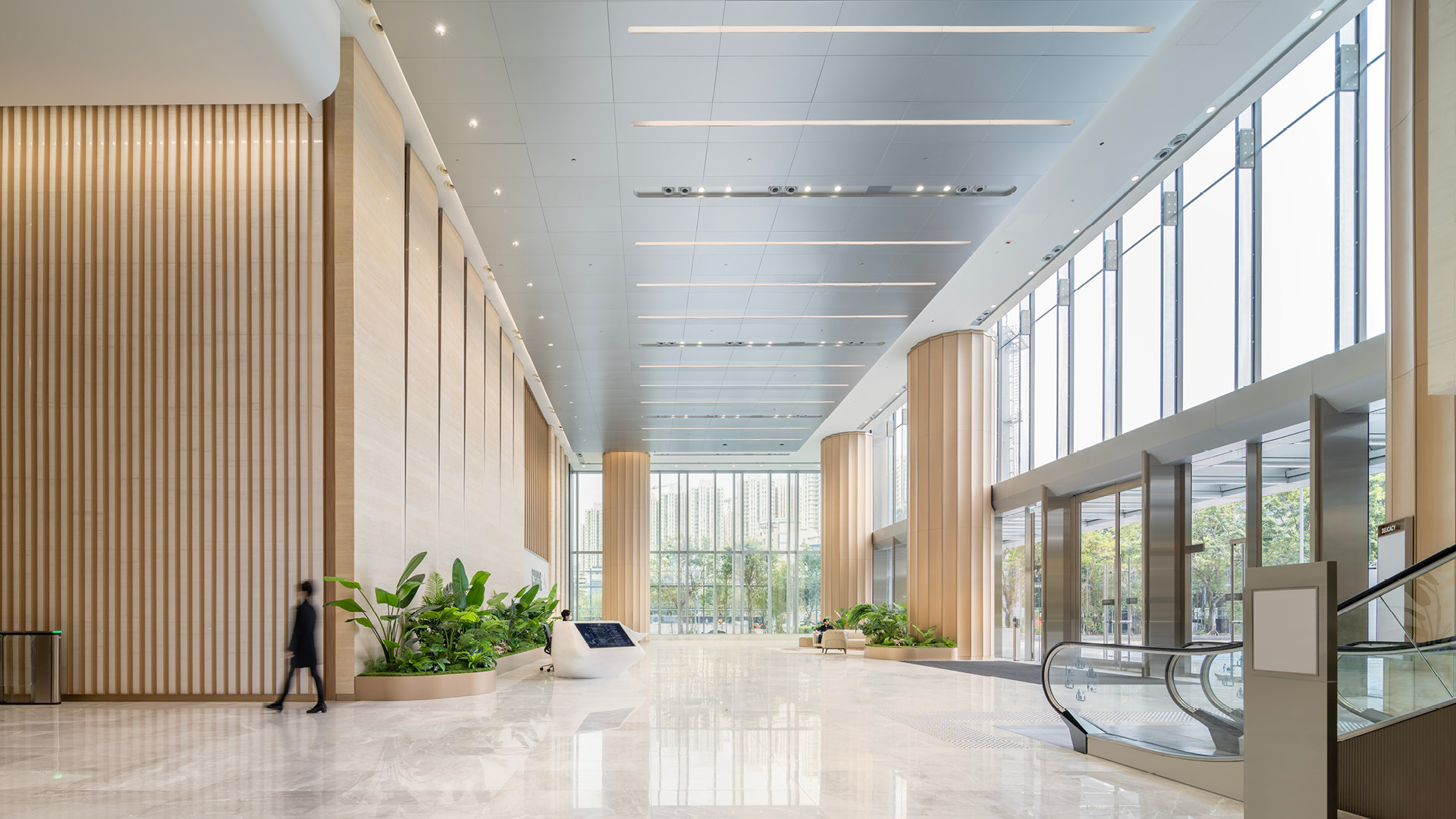
30 August 2022
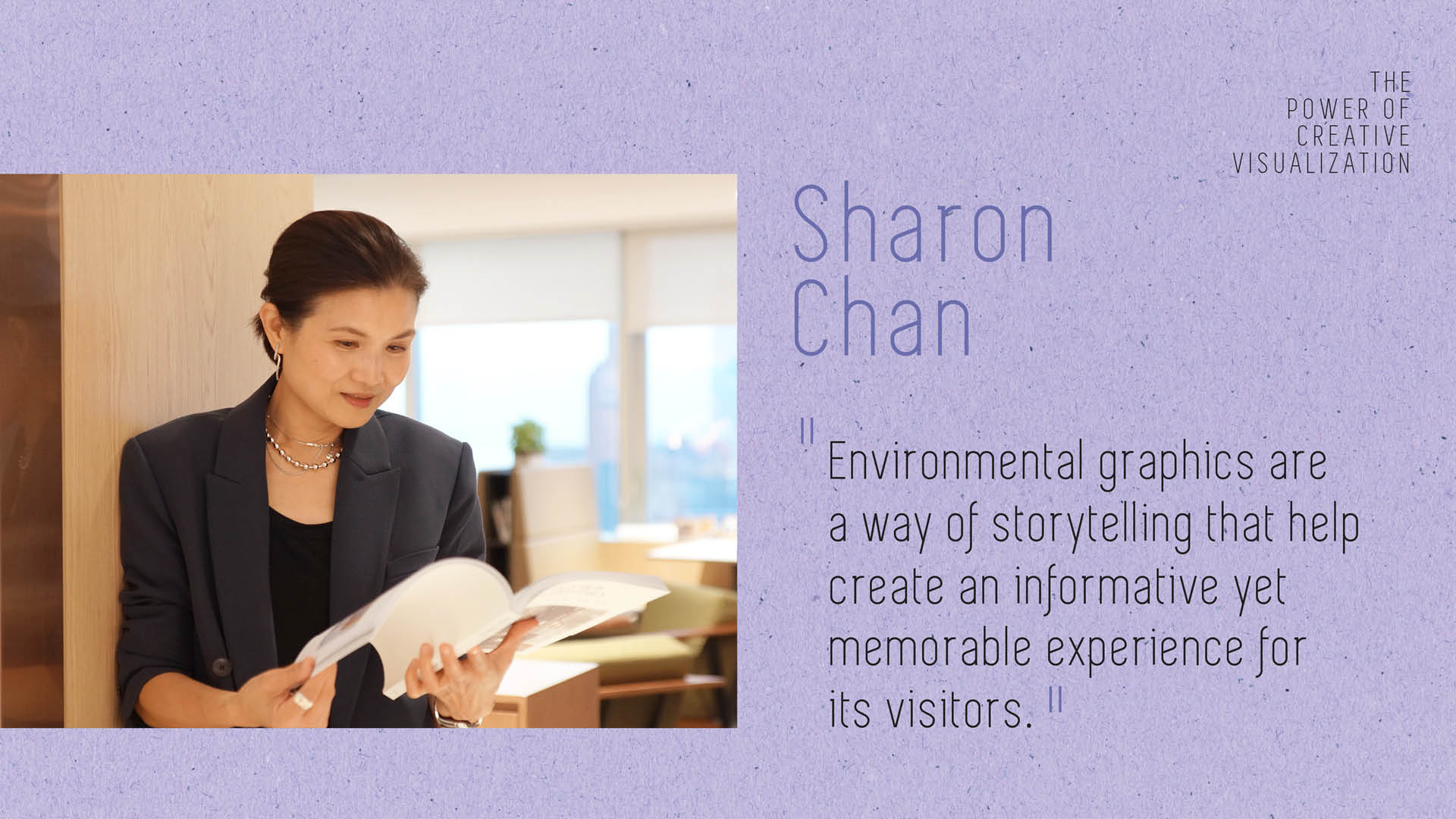
Director Sharon Chan explores the power of creative visualization and explains how environmental graphic design shapes the experience that connects people to a place. Environmental Graphics combines graphic design, interiors, architecture, art, and lighting to enhance the user experience through the visual translation of ideas in the built environment. At CAN, we adopt a holistic approach to integrate the brand, design, and spatial experience to create a branded interactive environment.
Below is an excerpt from the interview with Sharon Chan where she shares with us her experience and thoughts about visual branding.
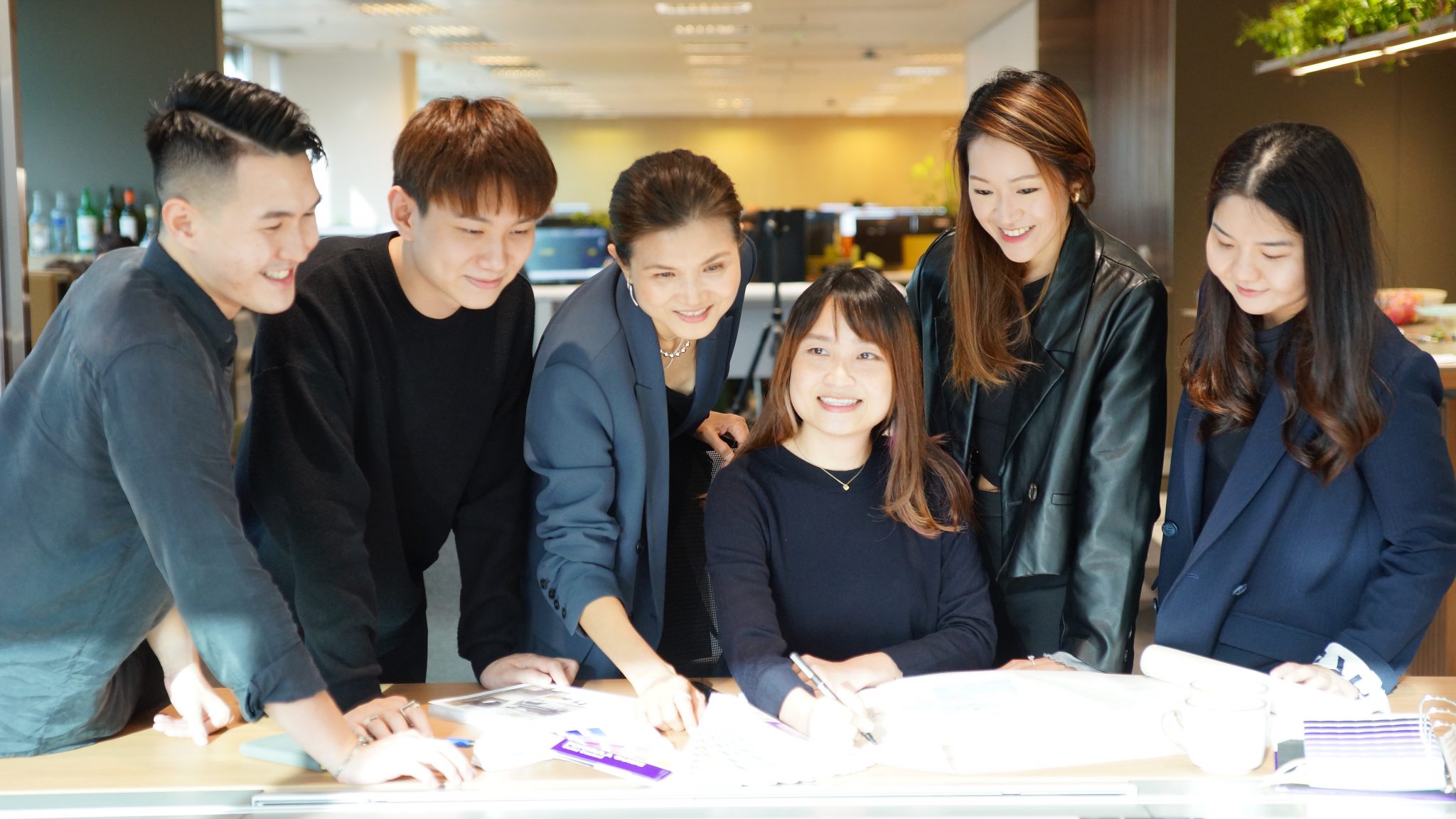
Q: Could you explain to me what visual branding exactly is?
A: Visual Branding is a blend of graphic design, interior design and architectural design in multi-dimension that provides a physical space with a layer of experiences while conveying the visual and emotive aspects of a brand. Whether you call it environmental branding or architectural graphic design, they share the same objective which is helping people make connections with the places they visit and inhabit. Simply put, environmental branding allows a property to uniquely connects to visitors on a visceral and emotive level. Visual branding is not just a sign, but also encompasses interactive, digital, fun, futuristic elements with an aesthetically pleasing design.Q: Why visual branding/branded environment is important?
A: First and foremost, a branded environment creates a sense of uniqueness, it makes your property stands out from the crowd, only this benefit alone is worth landlords investing more in this subject matter. Taking the retail property as an example, numerous malls being built are open every month, it’s important to have a solid brand direction in place for customers to distinct your property from multiple brand assets. Environmental branding allows your brand to incorporate it throughout your shopping mall, creating a full sensory encounter, something unique and memorable that enhances the brand perception and provides valuable information to customers. Simply put, if you want to take your project to the next level, you should make your space an experience and tell your story through design.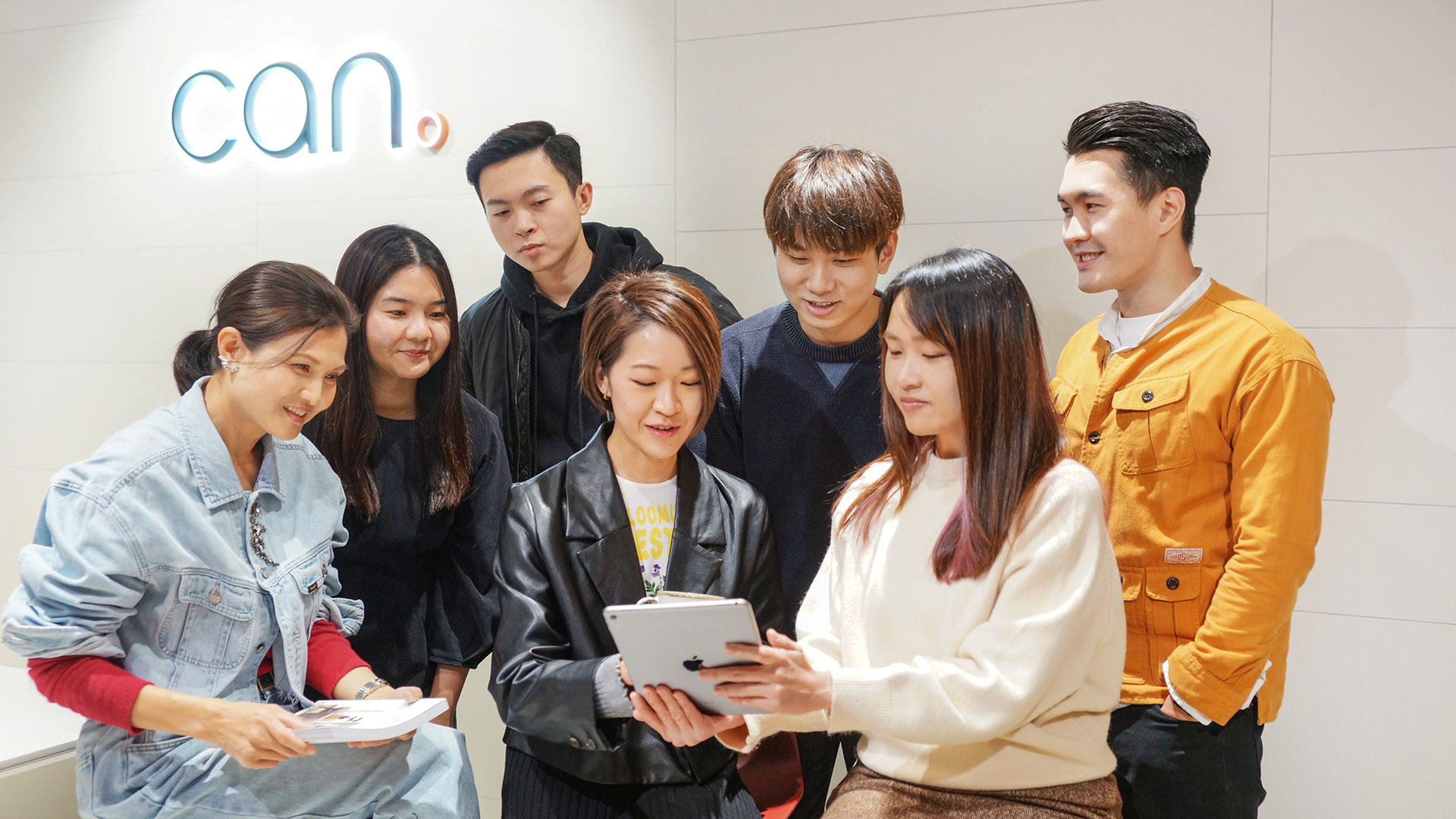
Q: What makes an environmental branding project stands out?
A: An interdisciplinary approach is important for an environmental branding project, let’s imagine an architect might be excellent in building design, carrying out feasibility studies, and structural aesthetics, but the level of his competency in handling signage and wayfinding may not be as high as his architectural design. So, having different professionals come together and collaborate, using their own expertise and insights could get twice the result with half the effort. The other critical factor is thinking outside the box, a design team needs to think progressively and innovatively when creating a branded environment.
Q: Could you share with us the recent project you’ve worked on?
A: Foshan Retail Mall, the 80,000sqm retail complex located in the strategic node of Sanlongwan Innovation Cluster in Foshan. CAN is commissioned to undertake the architectural design and retail planning for the project. We use the name “Chill” to define the mall, corresponding to the Chinese name and pronunciation “潮” (ciu4), which means cool & stylish. We believe the space should not only be retail related but a park where people could enjoy and spend valuable time to chill. The graphic team worked closely with the architecture team to develop its brand position and statement “A Chill City Park”. The design team translates the architecture design into graphical typography later became a key visual of communication.
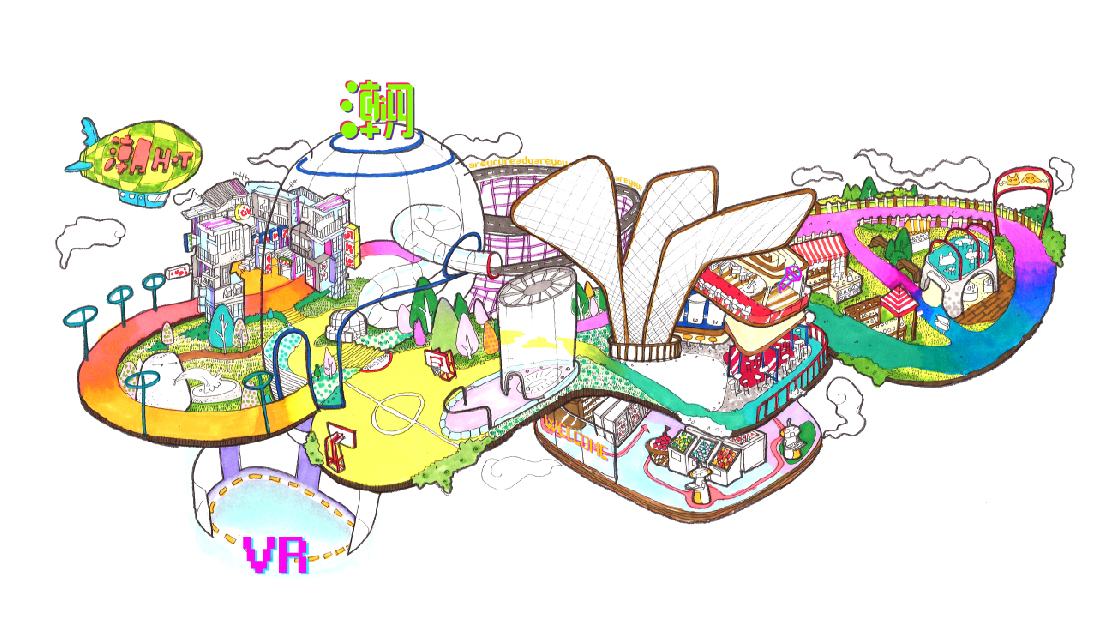
The identity created a vibrant image and graphic style that captures the spirit of the young. The design team target to look for a sense of cyber punk style to match with the experience within the mall, such as a virtual gaming experience zone and landscaped green space. The Logo combines with English “Chill” and Chinese character “潮” that developed a typographic logo. The design team use symbol circle, plus & slash from the logo to apply into architecture design strategy to represent corridor, courts & chambers. Our approach is to design an environmental graphics system to connect all the major nodes of the site with consistency. “Corridor’, “Courts” and “Chambers” are the core elements of the project that interweave the urban fabric.
The “Corridor’ can be defined as linear natural infrastructure that links up other green spaces to form a green urban network, while “Courts” utilizes the north-south nodes to create an all-weather winter garden. As for “Chambers”, it consists of 3 themed zones linked by two north-south nodes, offering interactive commercial experiences by energizing the area with restaurants, event venue, and gathering hub.We deliver a design that the concept is embedded in the physical space, integrating the brand, the business, and the space. I really enjoy this kind of cross-disciplinary collaboration, as you know CAN offers full-service architecture design from brand identity to architectural design, more importantly, forward-thinking, diversity and global mindedness are integral to our DNA. Connecting people to a place is the backbone of our every design.

